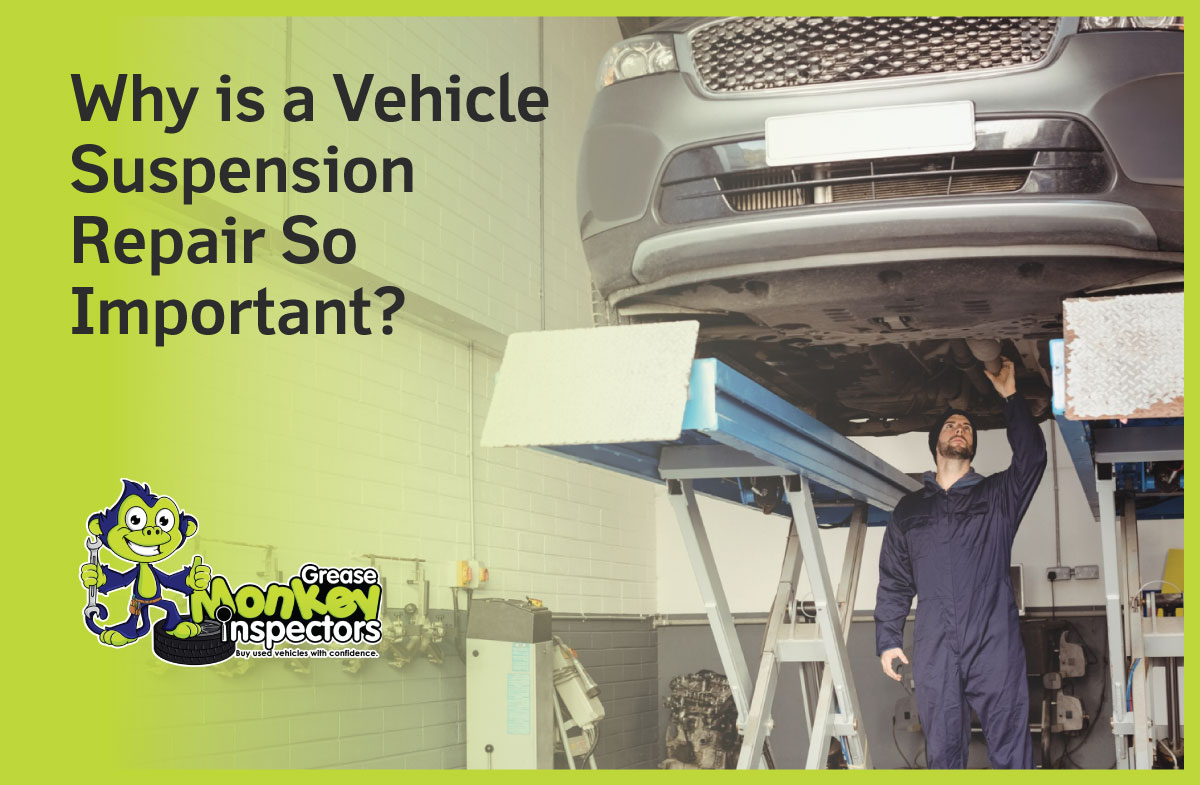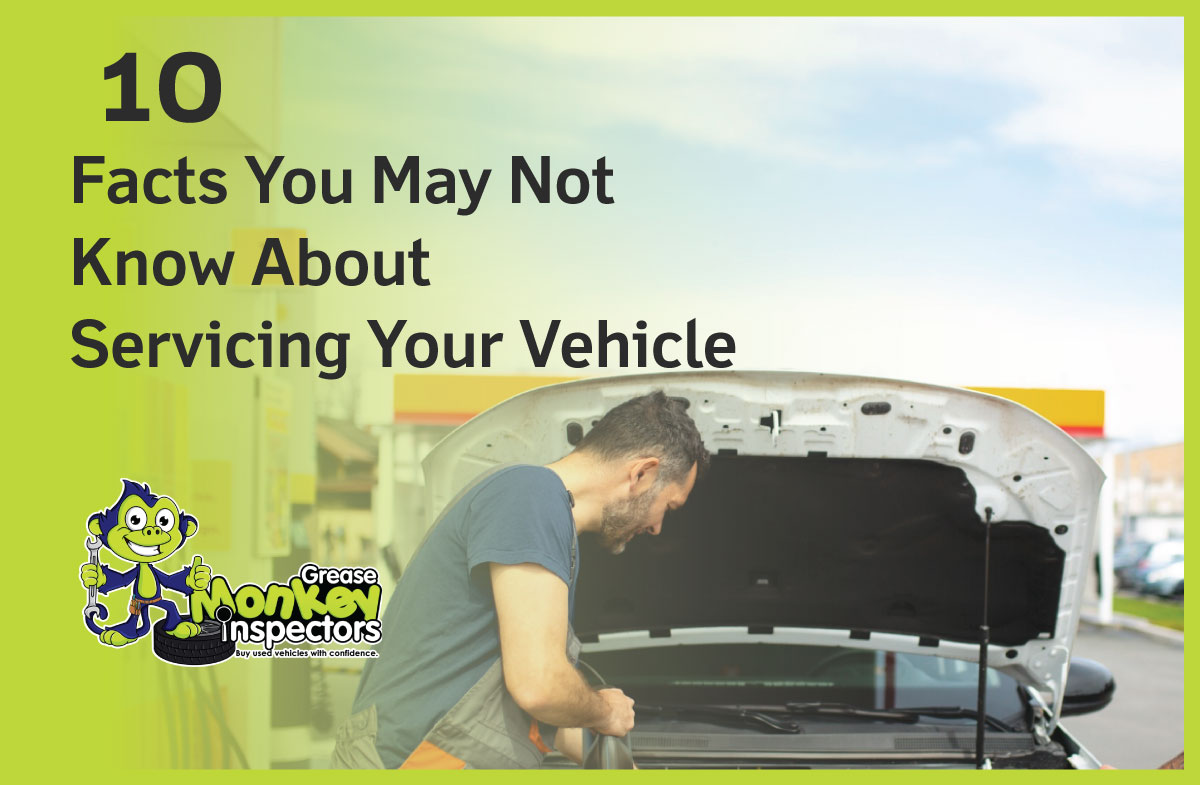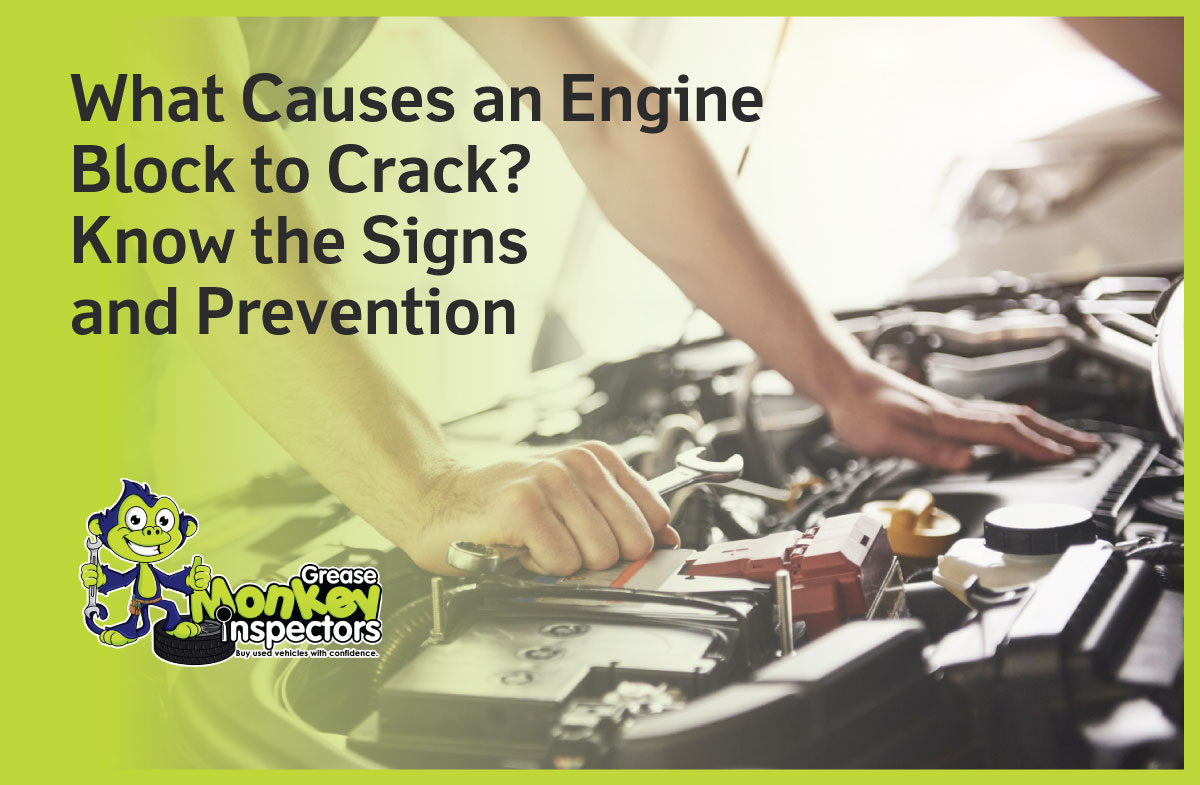Purchasing a vehicle is a significant investment that can last for years if we take proper care of it. Preventive care, including replacing fluids and maintaining fluid levels, is crucial for keeping our cars running at peak performance.
Extends the Life of Your Car
Regularly replacing fluids and maintaining fluid levels reduces wear and tear on our car’s engine and other components. Vehicles that don’t get regular oil changes often suffer premature damage and deterioration of essential parts. By keeping our vehicles running optimally, we minimize the chance of breakdowns and extend the lifespan of our cars.
Prevents Costly Emergency Repairs and Replacements
Preventive auto maintenance saves money in several ways. Technicians can identify minor problems before they become significant issues and take necessary action to fix them. Auto maintenance in Ontario and across Canada ensures that:
- Battery levels are checked
- Wear and tear due to friction is monitored
- Leaks and cracks are identified
- Fluid levels are maintained
- Parts needing repair are addressed
By preventing potential problems, we save money on emergency replacements and avoid the costs incurred if our car breaks down. A well-maintained engine requires less power to run, leading to better gas mileage and lower fuel costs. Additionally, maintaining our vehicles keeps their value high, which is beneficial if we decide to sell them in the future.
Increases the Safety of You and Your Passengers
Imagine a breakdown in the middle of the road due to critical parts malfunctioning. In Ontario, where many residents drive on high-speed highways, this can be a dangerous situation. Routine auto maintenance in Ontario can prevent such scenarios.
Car servicing includes checking tire tread and air pressure and testing the performance of key components. By preventing parts from breaking down, we increase the safety of ourselves and our passengers on the road and reduce the risk of unexpected breakdowns.
The Bottom Line
Regular auto maintenance ensures our cars perform well, with reliable engines, better tire traction, stable steering, and overall better comfort. Whether commuting to work, dropping kids off at school, or running errands, we spend a lot of time in our cars. Keeping up with a regular maintenance schedule gives us peace of mind.
Greasemonkey Inspectors offers pre-purchase vehicle inspections onsite, helping us ensure our vehicles are in top condition. Check out our Inspections Packages for comprehensive service options.










